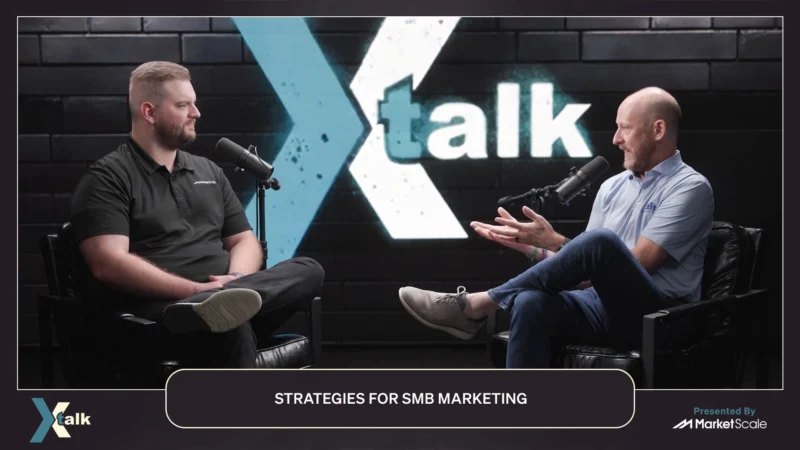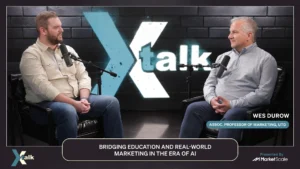The Aerospace Industry has literally taken off from its humble beginnings. Today, it is a demanding and intensely regulated sector of the economy requiring expert engineering and high-precision manufacturing techniques such as robotic welding. Automated welding provides the accuracy necessary to meet the industry’s extremely tight tolerances, thus providing consistent, high-quality welds, with reduced waste and rework. In addition, robotic welding is highly efficient, which improves productivity. ARC Specialties’ line of robotics produces the precision welding necessary to meet strict aerospace industry guidelines. Let’s take a look.
History of the Aerospace Industry
The history of aerospace technology can be traced back to 1799 when engineer George Cayley first conceived an aircraft with a “fixed wing and a horizontal and vertical tail.” Over the intervening centuries, innovations such as the Wright brothers’ first powered sustained flight, the rockets of Wernher von Braun, and landing a man on the moon all helped to create the high-technology aerospace industry we know today. Aerospace manufacturing produces a wide variety of products including aircraft, guided missiles, space vehicles, aircraft engines, propulsion units, and related parts. The global aerospace and defense industry is forecast to increase by 4.1 percent in 2018, doubling last year’s 2.1 percent growth. The biggest players in aerospace are Boeing, Airbus, Lockheed Martin, UTC, and GE, followed by Northrop Grumman, Raytheon, Safran, Finmeccanica, and Rolls Royce.
Automated Robotic Welding for the Aerospace Industry
High-quality, precision components for the aerospace industry must repeatedly withstand extreme forces and temperatures without failing, thereby requiring expert engineering and efficient manufacturing techniques such as automated robotic Gas Tungsten Arc Welding (GTAW), commonly known as Tungsten Inert Gas (TIG) welding. In GTAW or TIG welding, the pieces to be joined are heated and melted using an electric arc and a non-consumable electrode made of tungsten. The pieces then fuse together as solidification occurs. Robots are increasingly being used to automate the TIG welding process because of the many benefits they offer, such as repeatability, rigidity, and accuracy, all at a lower cost. The result is a more consistent, higher quality weld. That’s why the world’s largest aerospace company, Boeing, a leading manufacturer of commercial jetliners and defense, space, and security systems, has automated so many of their manufacturing processes, including welding.
ARC Specialties Solutions for the Aerospace Industry
ARC Specialties designs and builds automation equipment for aerospace welding. We incorporate robotics in custom solutions designed to deliver the highest quality, most repeatable welding process. With expertise gained from decades of experience in the oil and gas industry, ARC has perfected the Gas Tungsten Arc Welding process and then applied this extensive knowledge to the joining of aerospace components. ARC Specialties’ automated solutions incorporate innovations such as integrated voltage height control, touchscreen interfaces for motion programming and welding parameter setup, and a simple single point interface for welding and wire control, torch motion, and parameter feedback.
Robotic welding is transforming the aerospace industry. ARC Specialties’ deep expertise and extensive experience has produced an innovative line of robotics that provides the precision welding necessary to meet the stringent regulations and guidelines for aerospace manufacturers. Our inventive, diligent, and thorough staff works with each customer to produce a unique design personalized to fit their specific needs.
Find out more about ARC Specialties and our line of industrial automation products at https://www.arcspecialties.com/products/.
Read more at arcspecialties.com









